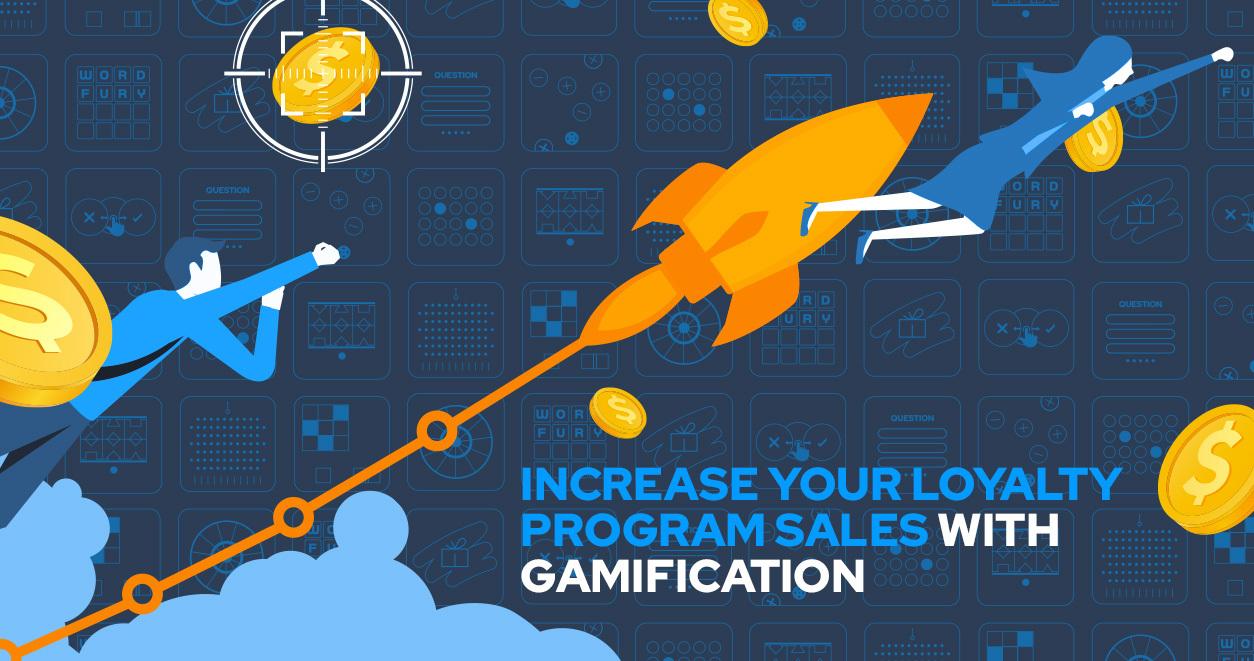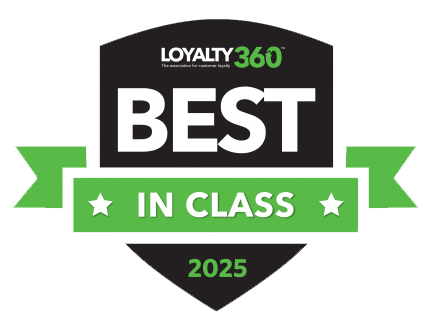The application of game elements in non-game context has been a mainstay business strategy that has helped improve business practices from customer retention to employee recruitment and talent acquisition.
Gamification strategies have proved so successful because they compel individuals to compete, succeed, and seek rewards for their efforts in an entertaining and motivating way.
What are Game Mechanics in Gamification?
Game mechanics in gamification are the rules and feedback loops that make up a game-like experience, driving user engagement and participation. These include elements like points, badges, leaderboards, and challenges, which are designed to tap into human motivations and encourage desired behaviors.
Benefits of Choosing the Right Game Mechanics
Choosing the right game mechanics can significantly enhance the effectiveness of your gamification strategy. They can:
- Boost User Retention
- Drive Participation
- Foster Accomplishment and Loyalty
- Tailor Mechanics to Goals and Audience
- Create a Compelling Experience
But how do you create gamification within business processes? We’ve organized a list of 13 successful game mechanics examples that are tried and true ways to engage your audience.
13 Types of Game Mechanics to Gamify Your Business
1. Spin-to-Win
Prize wheels are as simple as gamification gets. Users will spin a virtual wheel on a web browser to land on variable prizes and offers, such as discounts, gift cards or free merchandise. This game type is engaging because it’s no risk, all reward.
2. Scratch-Off
Scratch-off games present users with a lottery ticket-style interface where they can select one or more tile to virtually “scratch” for a chance to win big.
We implemented this strategy with the Game Show Network to improve daily player return rates on their app. Every day, the app offered players two chances to win eGift cards, virtual coins—even a grand prize of $5,000! The result was an 80% scratcher return rate.
3. Slot Machine
Pulling the lever on a slot machine always carries a rush. Gamified slot machines help you tap into that euphoria with your campaigns, which is why Best Western embraced this strategy when working with CataBoom.
Whenever a traveler or employee checked into the Best Western app, a travel-themed slot machine greeted them with a promise of loyalty-point prizes. This experience helped reengage existing members and expand their new user base with double the standard campaign engagement.
4. Instant Win
An instant win game is like a scratch-off, but an image is placed over a prize. A simple click on the image moves it from whatever it is obstructs to reveal an instant prize. This is an excellent option for a simple giveaway or offer that needs a little extra excitement for the sake of brand experience.
5. Entry Only/Quick Play
The previous four game mechanics examples work so well because they are entry-only/quick-play games, meaning they can be played repeatedly and quickly. This game style inspires customer loyalty because it encourages people to return again and again to try and earn more rewards.
6. Puzzle
Puzzles are the brainteasers of modern video games, challenging players to use problem-solving skills and intellect instead of hashing and slashing their way through a campaign. Likewise, puzzles are one of many ways to promote engagement while encouraging people to slow down and think about your brand’s message.

A textbook example of this experience is M&M’s Eye Spy campaign. To promote their new pretzel-based products, M&M’s posted a marketing game on their Facebook channels, encouraging readers to find the “missing” pretzel mascot. The campaign skyrocketed user engagement, garnering over 6,000 shares.
7. Quiz
Quizzes may not seem inherently game-oriented—your thoughts may turn towards the dreaded pop quizzes of high school or college. But quizzes are also a fun way to test a user’s knowledge retention in a game context.
They’re also incredibly effective ways to gauge engagement and commitment to a brand or product. One of the most prominent gamification examples of quizzes in a brand experience is Duolingo. The language learning app uses quizzes to assess users’ language skills before promoting them to the next level of courses, pitting them against other learners on a leaderboard.
8. Memory
Like quizzes, memory games can add fun and flair to a gamified experience. CataBoom embraced this technique for our 2022 Christmas card game, which featured a fun holiday village that lit up in a sequence. Originally, players would mimic the sequence for the chance to win a Starbucks gift card. Readers can still experience this fun technology for themselves, which can be recreated for any brand interested in adding some liveliness to their seasonal email greetings. Simply click the “schedule” button at the end of the game to get started!
9. Video
You’ll often hear people’s attention span isn’t much better than the average goldfish. While the average goldfish has a span of around 9 seconds, a human clocks in at about8.25 seconds. As time goes on, fewer people have the patience for anything that will take them longer than a minute to consume.
This is where videos truly shine, especially interactive ones. Netflix released You vs. Wild, an interactive TV show where survival expert Bear Grylls braved the wilds with the viewer’s help.
10. Player
Player games usually fall into the “catch and avoid” type—think mobile games like Temple Run, Flappy Bird or whack-a-mole. These games are more skill-based rather than relying on luck, which can engage players even more, enticing them to replay to improve their abilities.
CataBoom worked with T-Mobile to offer bi-weekly in-app games for its T-Mobile Tuesdays. These included T-Mobile Whack, a version of whack-a-mole that offered prizes for hitting the correct moles. This successful game saw 95,000 plays per minute at its peak.
11. Content
Content games feature more in-depth quizzes or polls that gather intel on the people taking the quiz. While these are more expensive than a traditional quiz or poll, they tend to have higher engagement simply because they take longer to complete.
The content games CataBoom developed with Dell walked users through a series of questions that also helped gather user data for future demographics and audience targeting.
12. Pick Polls
Pick polls are game elements specifically focused on information gathering. Many competitive game lobbies use polling mechanisms to determine rematches or preferred stages elections from the players.
For business, pick polls can be used to understand public opinion and user intent quickly. A Top Rank Marketing poll helped convey their audience’s pandemic-related pain points. You can easily apply this type of poll to conference meetings or classroom discussions.
13. Collect-to-Win Reward Systems
Collect-to-win games encourage users to gather resources to be eligible for a prize. A way these games are used in business applications is rewards programs, where customers collect points to be redeemed for larger prizes. This is one of the most effective gamification strategies for marketing games, inspiring customer loyalty and a positive perception of the company.
A successful rewards system from the past was one used by Uber. The app features a progress bar allowing users to see how close they are to the next tier. This clearly illustrates how much time and money they’ll need to invest in getting their rewards, which can be a natural motivator to use the brand’s services.
While Uber Rewards is no longer in service, it’s still an excellent framework for your own rewards program.
Which Game Mechanic Will You Use?
As you read this list, we hope a few game categories caught your eye. But to truly understand which game elements can best be applied to meet your business goals and needs, read through our case studies or simply connect with the gamification experts at CataBoom.
Our extensive experience can offer you the clarity you’ll need to implement gamification expertly in your space. Contact CataBoom today to learn more about what gamification can look like for you!








